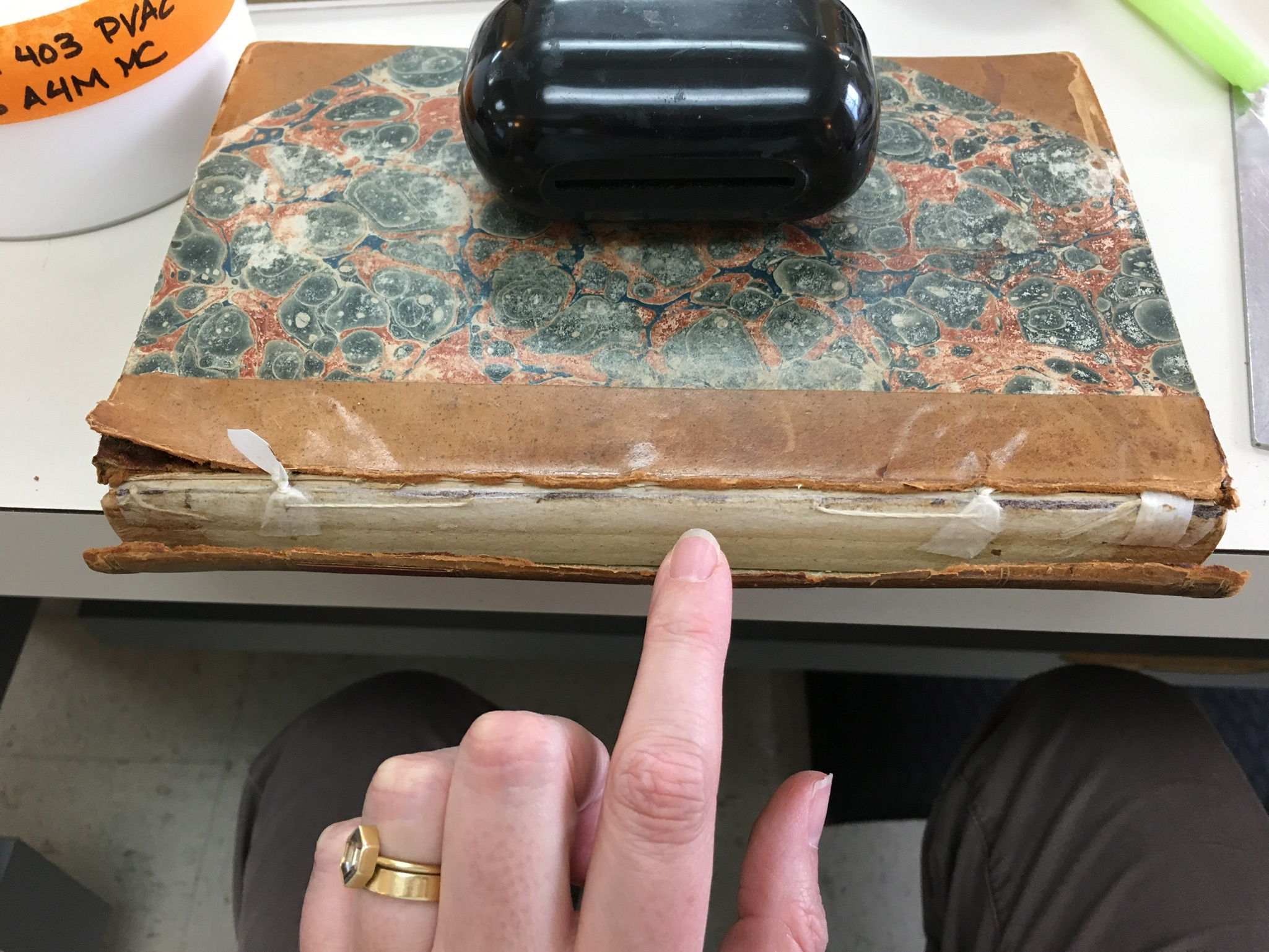Conservation treatment refers to the repair of specific items within collections. Treatment is typically characterized by two broad categories: physical stabilization (such as repairing a broken book spine) and chemical stabilization (such as washing a map to remove acids). Aesthetic work or restoration is sometimes part of the treatment goals but, since the advent of modern conservation in the 1970s, is not considered critical to maintaining the health of cultural heritage materials.
Conservation treatment is often required for materials that will be receiving extensive handling from researchers, for materials that are severely damaged, or for items that will be placed on display.


Before any treatment is conducted, a conservator carefully examines and documents the state of the item. This documentation is especially important for future conservators as they plan any new conservation treatment that may be required.
Item-level conservation treatment for Library treasures requires:
- A careful examination
- A written report of the state of the item before treatment
- Before and after treatment photographs
- A final report detailing all of the work that has been done to the item
Collection care is a costly but necessary proposition. A standard book treatment, for example, can often take around 50 hours and will include these steps:
- Documenting how the book is sewn, using a page-by-page diagram
- Removing the binding
- Snipping the sewing threads that hold the pages together
- Cleaning every page with an eraser
- Washing every page in specially treated water
- Strengthening every page with gelatin sizing
- Mending tears on every page
- Re-sewing the pages together to form a complete text-block
- Repairing the original binding
- Re-attaching the washed and repaired text-block to the binding
If a single book treatment like this takes 50 hours of work, imagine what it must be like to care for a collection of over 250,000 books. The APS Conservators have a big job!



